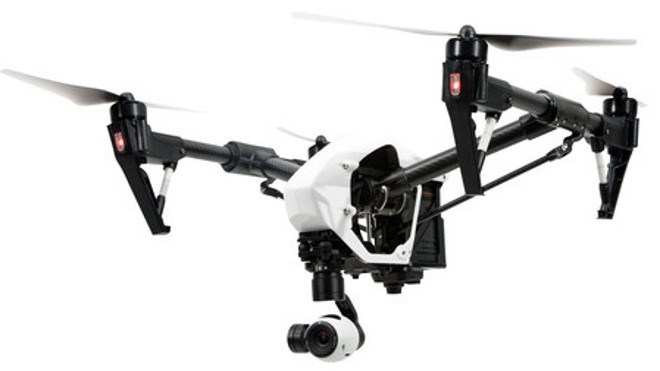In recent years, the Ontario Provincial Police have added drones to their toolbox to investigate motor vehicle crashes and document crime scenes.
But police prefer to call the machines — which have exploded in popularity with hobbyists – unmanned aerial vehicles, or UAVs.
“We don't call them drones for obvious reasons,” said OPP Insp. Mark Andrews. “People always associate bad things with them.”
Whatever you call them, the OPP first used the unmanned vehicles on a pilot basis in Kenora, where they helped the forensics identification unit in that region of Northern Ontario take photographs of crimes scenes from vantage points that could only be achieved by helicopters in the past.
The OPP now has seven UAVs stationed with detachments across the province, that are used as much cheaper alternatives to helicopters.
Each UAV costs around $60,000.
While they are much more expensive than commercially available models — that range from $75 for a small starter kit closer to a toy, to $5,000 for advanced models used by professional photographers and hobbyists — the OPP models are also much more sturdy and built to withstand the wear and tear that comes with police work.
Despite the pricetag compared to other models, Andrews said they are much cheaper than helicopters, and also come with much lower operational costs.
“In the old days before we had these deployed, we would have asked for a helicopter to come land, pick up an officer with a camera, and then fly the scene,” Andrews said. “You can imagine how much that costs compared to using a UAV.”
While there are no OPP UAVs that operate in Sudbury on a permanent basis, there is one stationed in South Porcupine, and another based in Barrie.
Andrews said the Barrie detachment recently used the UAV to survey a motor vehicle accident on Highway 69, and greatly reduced the time required to document the crash – which closed 300 metres of roadway.
The devices could also be used in search and rescue operations, Andrews said, and could prove useful in an area like Killarney Provincial Park, which would be challenging to search by foot.
“In the world of search and rescue, the sooner we can find a person the better chances of their survival,” he said.
But despite their advantages, and technological advances in recent years, the capabilities of UAVs remain limited for police work.
Flight time, for example, is limited to a maximum of 30 minutes before the battery needs to be recharged.
While the cameras on board have gotten better, and now shoot high-definition video, they are of little use at night or in poor weather conditions.
Andrews said they could eventually be equipped with infrared cameras, but that hasn't happened yet.
He added the police force has been very careful with its use of the machines.
“We don't use them for surveillance,” he said.
And as UAVs become more popular with the masses, legislation has failed to keep up, Andrews said.
“There will be a bit of a Wild West show before we get a handle on it,” he said.
There have been numerous reports around Canada of UAVs flying in restricted airspace and causing near crashes with planes.
During the recent wild fires in British Columbia*, firefighters had to ground their water bombers because a hobbyist was piloting a UAV in their flight path.
Transport Canada's website indicates the rules of operating a UAV as a set of “Do's and Don'ts” — calling them safety guidelines rather than laws. Pilots of UAVs can be charged under the Criminal Code if the machines are used to invade someone's privacy or if they're trespassing on private property.
Pilots are also expected to adhere to the Canadian Aviation Regulations.
But until legislation catches up, Andrews said it will remain difficult for police to enforce the law when it comes to UAVs.
*Originally, this story stated the grounding occurred in Alberta. It has since been corrected.
